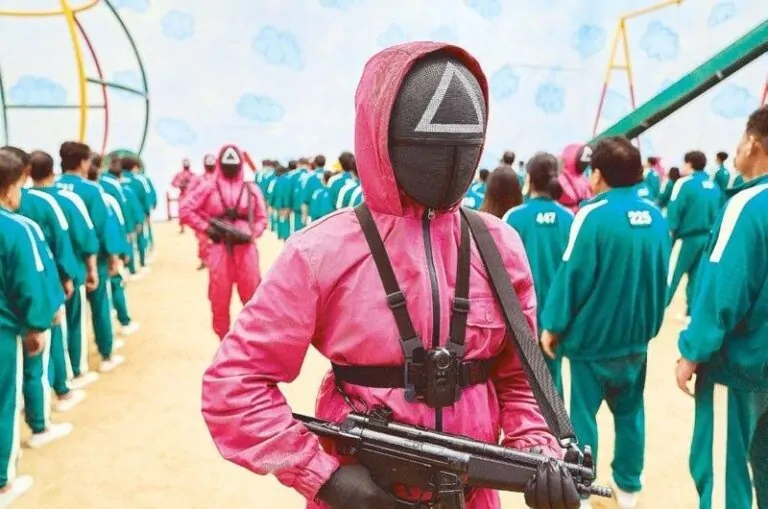
Breaking News: 'Maybe Happy Ending' Dominates Broadway's Tony Awards!
- Arts and culture encompass a wide range of creative expressions
- They are important for preserving and sharing traditions, history, and identity
- Arts and culture can inspire, educate, and bring people together
- They play a significant role in promoting diversity and challenging societal norms
- Investing in arts and culture can have positive economic and social impacts on communities.
The Philippines is a country rich in arts and culture, with a diverse range of traditional and contemporary art forms that reflect its history and heritage. From traditional crafts and indigenous music to modern dance and visual arts, the Filipino people have a deep appreciation for creativity and self-expression.
One of the most well-known art forms in the Philippines is traditional Filipino dance. This includes a wide variety of regional dances that showcase the unique culture and traditions of different provinces. From the graceful movements of the Tinikling, a dance that mimics the movements of birds, to the energetic steps of the Maglalatik, a dance that originated from the coconut-growing regions of the country, Filipino dance is a vibrant and colorful expression of the country’s rich cultural heritage.
Another important aspect of Filipino arts and culture is traditional crafts. The Philippines is known for its intricate weaving, pottery, and woodcarving, with each region of the country having its own unique style and techniques. From the beautiful handwoven textiles of the Cordillera region to the intricate designs of the Maranao people in Mindanao, Filipino craftsmanship is highly valued both locally and internationally.
Music also plays a vital role in Filipino culture, with a wide range of traditional and contemporary music genres that reflect the country’s diverse influences. Traditional Filipino music includes indigenous forms such as the kulintang, a type of gong music that originated from the southern Philippines, as well as the kundiman, a traditional love song that dates back to the Spanish colonial period. In addition to traditional music, the Philippines also has a thriving contemporary music scene, with artists blending traditional Filipino sounds with modern genres such as pop, rock, and hip-hop.
Visual arts are also an important part of Filipino culture, with a growing number of Filipino artists gaining recognition both locally and internationally. From traditional paintings and sculptures to contemporary installations and digital art, Filipino artists are known for their creativity and innovation. The Philippines is also home to a number of world-class museums and galleries, such as the National Museum of Fine Arts in Manila and the Pinto Art Museum in Antipolo, which showcase the country’s rich artistic heritage.
In recent years, there has been a growing interest in preserving and promoting Filipino arts and culture, with various organizations and government agencies working to promote and support the country’s artistic traditions. One such organization is the National Commission for Culture and the Arts (NCCA), which is tasked with preserving, promoting, and developing Philippine arts and culture. The NCCA supports a wide range of programs and initiatives, including grants for artists, cultural heritage conservation projects, and cultural exchange programs with other countries.
The Filipino government has also recognized the importance of arts and culture in nation-building, with various laws and policies in place to support the country’s artistic community. In 1992, the Philippine government passed the National Cultural Heritage Act, which aims to protect and preserve the country’s cultural heritage through the conservation of historic sites, artifacts, and traditions. In addition, the government has also established the National Committee on Culture and the Arts (NCCA) to oversee the implementation of cultural policies and programs.
Overall, arts and culture play a vital role in shaping the identity and heritage of the Filipino people. Through traditional dance, crafts, music, and visual arts, the Filipino people are able to express their creativity and celebrate their unique cultural heritage. With a growing interest in preserving and promoting Filipino arts and culture, the country’s artistic traditions are sure to continue to thrive for generations to come.
/Digital Sauce




